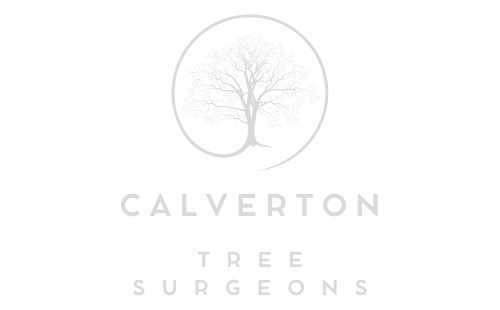Understanding Tree Growth Patterns for Successful Surgery
Introduction: Tree surgery is a precise and science-driven practice that requires a deep understanding of a tree’s growth patterns. Trees exhibit a unique set of growth habits and responses to environmental conditions. At Calverton Tree Surgeons, comprehending these growth patterns is essential for successful tree surgery outcomes. This blog post delves into the fascinating world of tree growth patterns, shedding light on how they influence our approach to tree surgery.
1. Apical Dominance
One of the fundamental principles in tree growth patterns is apical dominance. Trees have a central leader, typically the highest vertical stem, which receives the most sunlight and nutrients. This central leader inhibits the growth of lateral branches below, promoting vertical growth. Understanding apical dominance helps tree surgeons determine the best locations for pruning to encourage healthy growth while maintaining the tree’s shape.
2. Response to Pruning
Different species of trees respond differently to pruning, largely based on their growth patterns. Some trees readily produce new shoots and branches when pruned, while others are more conservative in regrowth. Knowing how a specific tree species responds to pruning is essential for planning and executing successful surgery.
3. Compartmentalisation
Trees have a remarkable ability to compartmentalise damage and decay. They create natural barriers, isolating injured or infected areas to prevent the spread of harm. Tree surgeons must consider this compartmentalisation process when making pruning cuts, ensuring no unnecessary harm is done to the tree.
4. Crown Structure
Understanding the crown structure of a tree is vital for assessing its health and stability. The crown consists of branches, leaves, and stems, and its shape can vary significantly between tree species. A well-maintained crown is crucial for the tree’s overall health, and tree surgeons use their knowledge of crown structure to determine the best approach to pruning or shaping.
5. Growth Rings
Growth rings, visible in cross-sections of tree trunks, provide valuable information about a tree’s age and growth history. Counting these rings can help determine a tree’s age and assess its growth rate. Tree surgeons may use this information to tailor their surgery techniques to the tree’s growth history.
6. Adaptive Growth
Trees exhibit remarkable adaptability in response to their environment. They may adjust their growth patterns in response to light availability, resource competition, and physical damage. Understanding how trees adapt to changing conditions helps surgeons make informed decisions during surgery.
Conclusion: Successful tree surgery requires a deep understanding of tree growth patterns and their influence on tree health and stability. Tree surgeons at Calverton Tree Surgeons are dedicated to using their expertise in tree growth science to provide responsible and effective tree surgery services. Whether it’s pruning for shape, health, or safety, our approach is rooted in the science of tree growth, ensuring that your trees thrive and flourish.
Call us on: 0115 647 1154
Click here to find out more about Calverton Tree Surgeons
Click here to complete our contact form and see how we can help with your tree’s needs.

